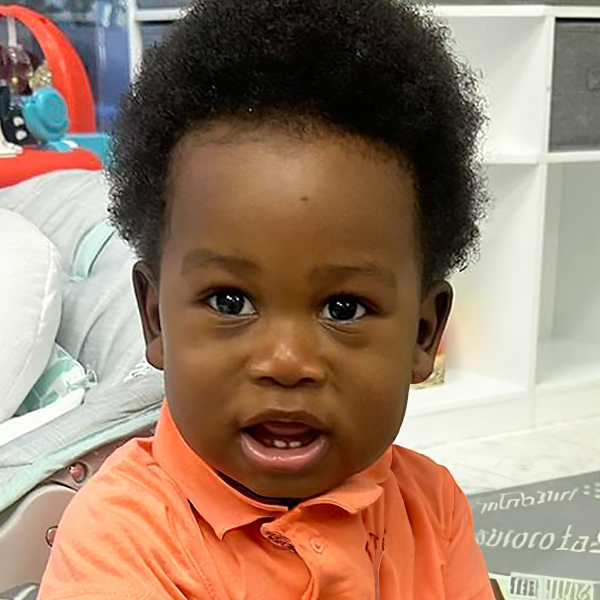Why do childhood tantrums happen?
Tantrums, those tempestuous storms of emotions that sweep through the lives of toddlers, can leave even the most seasoned parents feeling bewildered. But fear not, behind the wails and stomps lies a world of communication and growth. Tantrums are a natural part of childhood development, often serving as a means for toddlers to express their frustrations when they lack the language skills to articulate their needs.
Some of the most common reasons for tantrums in early childhood are:
- Frustration: Toddlers are discovering the world around them at a rapid pace, but their physical and cognitive abilities are still developing. When they encounter obstacles or are unable to achieve their goals, frustration can boil over into a tantrum.
- Fatigue: Just like adults, tiredness can make toddlers cranky and prone to meltdowns. Missing a nap or staying up past bedtime can turn even the most angelic child into a tantrum tornado.
- Hunger: Hangry isn’t just a state reserved for adults. Low blood sugar levels can wreak havoc on a toddler’s mood, leading to outbursts of tears and screams.
- Overstimulation: The world can be a sensory overload for young children. Too much noise, activity, or unfamiliar environments can overwhelm their developing senses, triggering a tantrum as a way to cope.
- Seeking Attention: Sometimes, tantrums arise simply because toddlers crave attention. Negative attention is still attention, and if throwing a tantrum gets them the response they desire, they may repeat the behavior.
How to Help Your Child Deal with Tantrums
While tantrums may be a normal part of childhood, they can still be challenging to manage. Here are some strategies to help both you and your child weather the storm:
- Stay Calm: It’s easy to get swept up in the chaos of a tantrum, but remaining calm is key. Take deep breaths and remind yourself that this too shall pass.
- Validate Their Feelings: Let your child know that you understand they’re upset. Use simple language to acknowledge their emotions, such as “I see you’re feeling frustrated because you can’t have the toy.”
- Provide Distraction: Sometimes, a change of scenery or activity can help diffuse a tantrum. Offer a favorite toy or suggest going outside for a walk to help redirect their focus.
- Set Limits: While it’s important to validate their feelings, it’s also crucial to establish boundaries. Firmly but gently enforce rules and consequences, helping your child understand appropriate behavior.
- Teach Coping Skills: As your child grows, help them develop healthy ways to manage their emotions. Encourage deep breathing, counting to ten, or using a calming activity like coloring or listening to music.
Understanding your child’s tantrums can feel like trying to solve a puzzle without all the pieces. But by recognizing the underlying reasons behind their outbursts and implementing strategies to help them cope, you can navigate these tumultuous waters together. Remember, tantrums are just one small part of the journey through early childhood, and with patience, empathy, and a whole lot of love, you and your child will emerge stronger on the other side.






